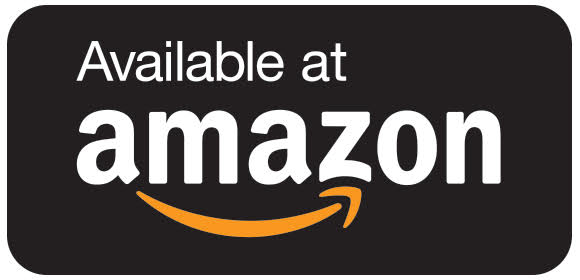What You Need To Know to Make an Informed Purchase Decision on Bluetooth Hearing Aids in 2022
Bluetooth hearing aids have become ubiquitous; it is becoming harder to acquire a hearing aid without a Bluetooth connection. At present, it is still a good idea to consider Bluetooth hearing aids as three main categories. Having said that, as the new Bluetooth protocol becomes more prevalent across both hearing aids and consumer devices, that won't matter anymore. Let me explain why the category concept makes sense now and how the new Bluetooth protocol will eventually make them meaningless.
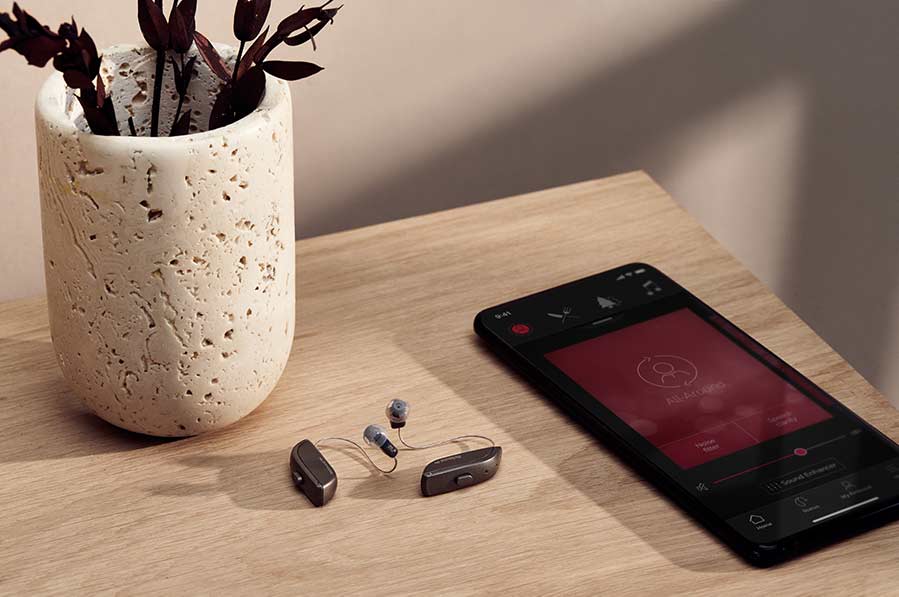
Four categories
There are four conceptual categories for you to think about; they are as follows:
- Made For All (only with Sonova Products)
- Made For iPhone (everyone else)
- Made For Android (everyone else)
- Bluetooth 5.2 LE (new protocol, not widespread yet)
The categories are pretty much self-explanatory; the Made For All system from Sonova will pretty much function with a stellar host of Bluetooth enabled consumer devices for audio streaming and a lot more. They will also connect to nearly all iPhones, iPads and Android devices for the app.
The Made For iPhone category will do pretty much the same with most Apple products. Most Made For iPhone products are also Made For Android products as well.
The Made For Android products will connect to nearly all Android products for their app, but only a few of the latest Android products for audio streaming.
The different categories offer you slightly different capabilities at the moment, but that is changing. For example, if you wanted true hands-free phone calls, the Made For All systems used to be the only show in town. However, that has changed recently with the advent of IOS 15 from Apple. Now Made For iPhone hearing aids from Starkey and ReSound offer true hands-free calls. I would expect that to expand across all of the manufacturers shortly.
Hands-free may also soon extend to Made For Android devices. Alphabet, the company that designs the Android OS, seems to have been taking accessibility seriously of late. I would expect that now that Apple has introduced it, Alphabet will probably follow suit. Of course, there is also the slow introduction of the new Bluetooth protocol to be considered.
The new Bluetooth protocol will enable a host of capabilities for Bluetooth devices. The crucial part is that those capabilities will not be power-hungry because the protocol is low energy. In the future, there will be no Made For Any, Made For iPhone or Made For Android, the new protocol will make them all irrelevant. Let's look at the different abilities of the protocols, the pros and cons and finally, some thoughts about the future.
The difference is the Bluetooth protocols used in the different devices. Sonova is using Bluetooth Classic for audio while everyone else is using a version of Bluetooth Low Energy. Let's quickly look at the differences.
Power Consumption
Bluetooth Classic is far more power-hungry than Bluetooth Low Energy, in fact, by a huge margin. That isn't the complete story when it comes to hearing aids and streaming. Even though many hearing aid brands are using a flavour of BTLE, it can still be power-hungry, just less than Bluetooth Classic. The difference is probably marginal. When it comes to Power Consumption, Bluetooth Low Energy is the clear winner, but only technically.
Audio Quality
Bluetooth Classic can carry far more data information than Bluetooth Low Energy. However, Bluetooth Classic can suffer from latency issues (slight delay on signal). The fact that Bluetooth that it carries more data makes it ideal for audio streaming. It should offer a better audio streaming experience. However, there has been huge work on audio codecs with Bluetooth Low Energy, which translates to a decent enough audio experience.
In general, the difference isn't that noticeable to the average ear. Sonova advises that you use one of their TV streamers for TV audio. They do that for two reasons, the first is the latency issue with Bluetooth classic, the second is that it would ravage your hearing aid battery. Their TV streamers use a low energy signal that has low latency and is not nearly as power-hungry.
Connection Opportunities
Bluetooth Classic can be used to connect directly to pretty much any Bluetooth device with output for audio streaming. It can be used to connect to computers, all types of mobile phones, music players, tablets and even TVs (don't do it, it will savage your battery). Whereas Bluetooth Low Energy can connect directly to Apple phones, iPads and some Android products only.
Hands-Free
Bluetooth classic offers hands-free calls; you simply answer the call with a press of a button on the aid and talk away. Up to now, the other available Bluetooth protocols did not offer this capability. However, newer Made For iPhone hearing aids have either introduced it, or will soon.
Battery Life
Battery life changes as much from hearing aid device to hearing aid device as it does between one or the other Bluetooth Flavours. Bluetooth classic is power-hungry, but you should still get three to four days out of a 312 battery, depending on the amount you stream. Generally, the Bluetooth Low Energy hearing aids will offer you between four and five days again, depending on how much you stream.
When it comes to rechargeable hearing aids, both Bluetooth Classic and Bluetooth Low Energy devices offer a full day of use with streaming. In general, though, I am less worried about battery life on my Bluetooth Low Energy devices than on my Bluetooth Classic devices, but I would be seen as a power user. I take many calls and listen to a lot of streamed audio, sometimes up to seven or eight hours while writing.
Made For All
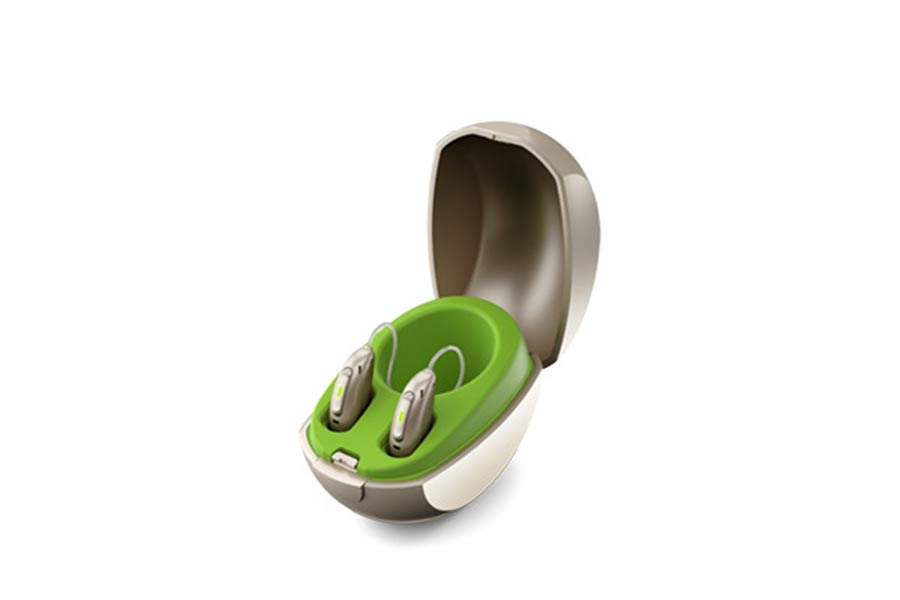
At the moment, the Made For All or Made For Any Phone is perhaps the most versatile offering available on the market. Of course, like the rest, it has its pros and cons. The protocol is strictly a Sonova (manufacturers of Phonak, Unitron, Audio Nova, Costco KS9, and KS10, among others) strategy and is only available in their hearing aids.
Made For All devices will connect to any mobile phone with a Bluetooth connection for audio and call streaming. I do mean any mobile phone with a Bluetooth connection, including dumbphones; you don't need a smartphone to get audio and call streaming. Although, I urge you to get a smartphone to get the very best out of these hearing aids.
It also allows the hearing aids to connect to almost anything that has a Bluetooth radio for audio. That means direct connection to computers, laptops, Android tablets, Windows tablets, pretty much you name it, and it will connect to it.
Made For All offers a completely hands-free system. You don't need to hold your phone near your mouth to talk back to the caller, nor do you need an external mic when using Skype or Facebook Messenger video calls on a laptop, tablet or computer. The new protocol available on the latest Sonova aids, also offers the ability to pair to multiple devices and the ability to switch quickly between two of them.
Overall, the system is pretty stable, yes, you will have connection problems from time to time, but that is Bluetooth. A right royal pain in the arse. It isn't a hearing aid problem, and it isn't something the manufacturer can protect you against.
You have to be careful with notifications: turn off as many as you can. Otherwise, every time you get a notification, the phone grabs the hearing aids for a second. It is like the hearing aids suddenly go dead when it happens and can be irritating if you get lots of notifications.
The streaming of audio from phones is also more power-hungry than with the other protocols. For some high-power users, that can mean problems getting a full day out of the rechargeable aids. It isn't a huge problem, and for most people, it will never matter; if you have severe to profound hearing loss, it might be something to consider.
Made For iPhone
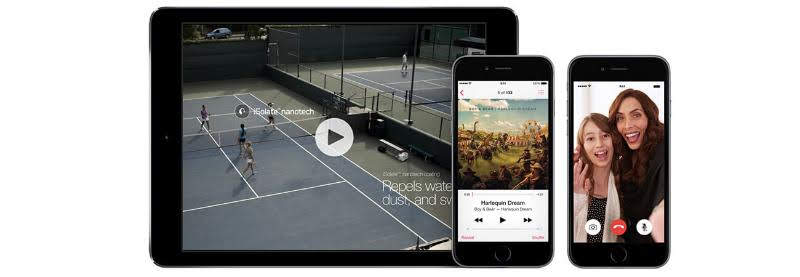
Made For iPhone hearing devices will connect directly to iPhones and iPads without the aid of an intermediary streamer for connection to their app and streaming audio and calls. The system was set up in collaboration with Apple and has been around since 2014.
It is important to note that MFI hearing aids will not connect directly to computers, laptops or other devices for audio streaming. Made For iPhone may never connect directly to computers or laptops because the system used is different. That may change with the introduction of the new Bluetooth protocol; however, that remains to be seen. Right now, you can use an intermediary streamer to connect to a computer or laptop, and they generally work very well.
The Made For iPhone strategy now offers hands-free calls; you will no longer need to hold your phone for the caller to hear your voice. Of course, that is only with devices using IOS 15. If you are using it on a laptop or computer for Skype or Facebook Messenger video calls, the intermediary streamer will act as your microphone so that the person on the other end can hear you.
In general, Made For iPhone is pretty stable; the connection is usually pretty good. One of the issues is that nearly every time Apple updates or introduces a new phone, it causes problems with your connection. It usually takes the hearing aid manufacturers a couple of weeks to sort it out when it does. This has been a consistent issue over the years.
In my experience, the system works really well, streaming audio is pretty good, and I have had very few connectivity issues. Battery life is pretty good, streaming audio adds to power drain, but it is by no means savage. The primary issue at present is limited direct connectivity. Overall, the system is pretty stable, yes, you will have connection problems from time to time, but that is Bluetooth.
Made For Android Hearing Aids
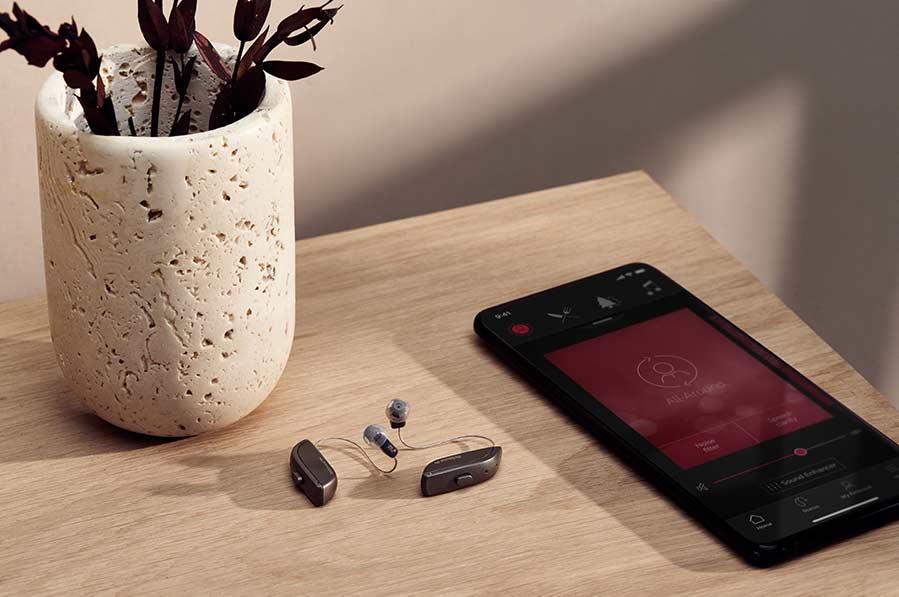
With the introduction of ASHA, Made For Android hearing aids finally offered direct audio streaming between certain Android equipment and hearing aids. That brought Made For Android in line with Made For iPhone for the first time.
Of course, there are caveats; the system only works with Android 10 and Android 11. More than that, because of the fragmentation of Android, the phone manufacturers will have to make sure that their version of Android 10 or 11 is designed correctly. Finally, the system is not backwards compatible because it involves both software and hardware to work correctly.
It is also important to note that Made For Android hearing aids do not have widespread connectivity. They will not connect directly to computers or laptops for audio streaming. Made For Android may never connect directly to computers or laptops because the system used is different. Although, if they integrate the new Bluetooth protocol into the system, that may change. At present, you will have to use an intermediary streamer to connect to a computer or laptop, and they generally work very well.
The Made For Android strategy does not offer hands-free calls; you will need to hold your phone as normal for the caller to hear your voice. Suppose you are using it on a laptop or computer for Skype or Facebook Messenger video calls. In that case, the intermediary streamer will act as your microphone so that the person on the other end can hear you. That may change though, like the Made For iPhone system.
Made For Android, in my experience, works really well, streaming audio is pretty good, and I have had very few connectivity issues. Battery life is pretty good, streaming audio adds to power drain, but it is by no means savage. The cons at present are no hands-free calls and limited connectivity. Overall, the system is pretty stable, yes, you will have connection problems from time to time, but that is Bluetooth.
Bluetooth LE 5.2
Bluetooth LE 5.2 is the new protocol, and it should become widespread shortly. The protocol provides the benefits of all of the current protocols in place but with the downfalls. For instance, the system provides two-way sound streaming so users can enjoy hands-free phone calls and support for Siri, Alexa and Google assistants. Of course, there is a caveat; you will definitely need a new phone and maybe new hearing aids.
To use the new functions, you will need a cell phone and hearing aids capable of using the protocol. It isn't a simple software update; unfortunately, the new protocol relies on new hardware that most phones and hearing aids might not have available. The new More from Oticon, possibly the One from ReSound and the latest Starkey stuff are ready for the new protocol. That is a guess, based on some side chatter I have heard. I will reach out to some of the brands and update the article moving forward.
The New Functions
As I said earlier, the new protocol offers a host of new functions to Bluetooth hearing aids which include:
- Longer battery life
- Improved sound quality
- Better listening connectivity for public venues, users will be able to stream sounds at public venues like movie theatres, presentations, airports, malls, and more
- Compatibility with a wider range of devices
- Two-way sound streaming so users can enjoy hands-free phone calls
- Television streaming through a Bluetooth-enabled TV
- Support for smart assistants like Siri, Google and Alexa so you can interact with them through your hearing aids
Bluetooth broadcast connectivity
While the hands-free option catches the imagination of many, I think the ability to connect to Bluetooth broadcasts in public venues is perhaps the most exciting thing. Imagine entering an airport or train station and getting a notification about a local broadcast on your phone? Then simply click the notification to connect to the public announcements.
This feature will open up many possibilities for better access in many venues like museums, theatres, churches and public spaces. It has to be seen as a welcome development for hearing aid users, offering them better ways to interact and enjoy public venues.
With some luck, any modern premium hearing aid you purchase from the big manufacturers will be enabled for Bluetooth 5.2. To be honest, if they haven't taken care of that forward compatibility by now, they should be ashamed of themselves. Of course, the full capabilities of the system will not be available until more consumer device manufacturers adopt it across their consumer products.
I hope this article answers your questions and helps you to make an informed purchase decision in 2022. Please like us on Facebook by clicking the button below to keep up with our latest utterances. Alternatively, if you don't like Facebook, sign up for the newsletter below. It is important to remember; a hearing aid isn't correctly fitted unless they do Real Ear Measurement.








